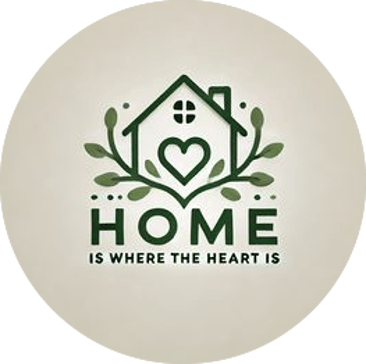Belonging Beyond Borders: Family, Culture, and Identity in a Globalized World
Home is more than a place on a map. It is the scent of familiar spices in the kitchen, the lullabies sung in childhood, the quiet rituals that make up family culture. But what happens when home is no longer a single place, when identity is shaped by multiple cultures, languages, and experiences?
3/17/20252 min read


The Search for Home
Belonging is not tied to a single place—it is created through relationships, meaning, and shared experiences.
Strategies for Cultivating a Sense of Home
1. Create Your Own Traditions
Establish personal rituals that feel grounding, such as journaling in a specific language, cooking a favorite dish, or celebrating cultural festivals in a unique way.
2. Build a "Third Culture Community"
Seek out others who understand the experience of belonging to multiple cultures. Online groups, multicultural meetups, and even books can help bridge the gap.
3. Redefine "Home" as a Feeling, Not a Location
Instead of tying home to a specific country, recognize it as a space of emotional connection—a place where one feels understood, safe, and valued.
4. Accept the Fluidity of Identity
Just as cultures evolve, so do individuals. Identity is not fixed; it adapts over time. Embracing this can lead to greater peace and self-acceptance.
The Hopeful Future of Cultural Belonging
In the past, identity was often seen as binary—one belonged to a nation, a single culture, or a singular language. But the world is shifting. More people than ever live hybrid lives, embracing multiple cultural influences.
This change is an opportunity. It means:
The definition of belonging is expanding.
People have more freedom to shape their identity rather than conforming to rigid categories.
Families can create intentional cultures, drawing from the best of multiple traditions.
While questions of identity and belonging may never have a single answer, they don’t have to. Home is not a place—it is an evolving, living experience. And in that, there is endless possibility.
Final Thoughts
For those who have ever felt “in-between” cultures, the journey of identity is lifelong. But within this complexity lies an incredible gift: the ability to belong anywhere and everywhere.
Rather than searching for a singular, static home, perhaps the most powerful approach is to embrace a home within oneself—one that is made up of memories, values, and the relationships that transcend borders.
Further Reading on Identity, Culture, and Belonging
1. The Culture Map – Erin Meyer
A fascinating look at how people from different cultures communicate and do business. It’s great for understanding cultural differences and how they shape interactions.
2. Belonging: Remembering Ourselves Home – Toko-pa Turner
A beautifully written exploration of the deep human longing for belonging and how we can reclaim it, even when we feel disconnected from a specific homeland.
A classic for people who grow up between cultures, offering priceless insights into identity formation and solutions to the challenges of being a "global nomad."
Want a quick downloadable help guide for global families in transition? Check out our eBook here!
What are your thoughts on belonging and identity beyond homeland and language? We'd love to hear your experiences by submitting a message below!
Inspiration for family success
Explore family living and conscious lifestyles.
© 2025. All rights reserved.
